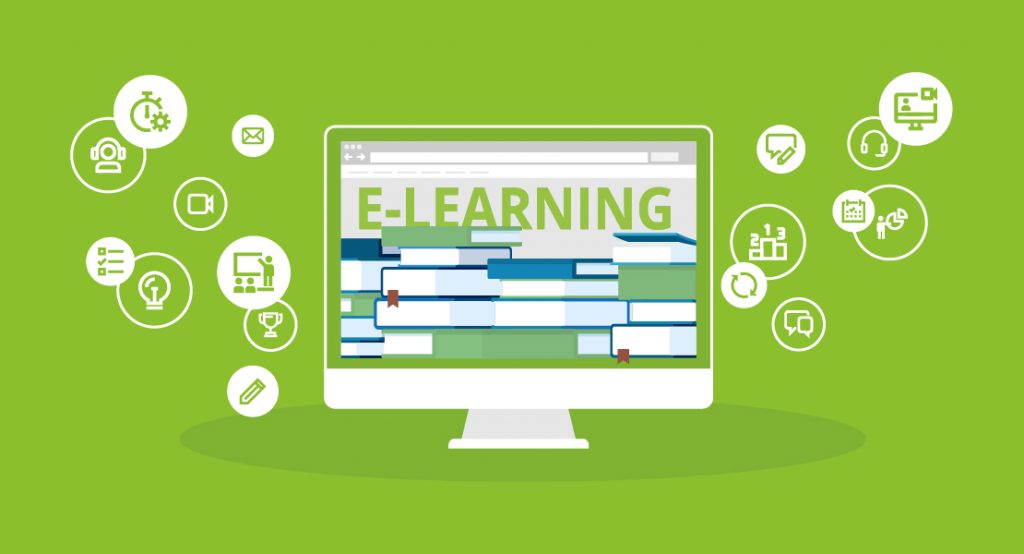
Online colleges with grants are available. The government offers financial assistance for education. You can even get student loans to help pay for your education. However, these programs can cause problems in schools. The problem is not with the government money but rather with the parents and students.
Full Sail University
Full Sail University offers many scholarships and grants to assist students in paying for their education. These awards are merit- or need-based. They can cover tuition, books as well media and lab costs. The school also offers financial support to qualified students and programs for veterans or military personnel.
Title IV aid covers approximately 73% of Full Sail University students. This includes grants and scholarships as well as work-study. Full Sail University students average $6,443 annually in grant awards. Pell Grants are the most popular type of grant for Full Sail University students.

Louisiana State University Shreveport
There are several grants and student scholarships available to students. Pell Grants for undergraduate students are available to those who don't have any family income and who are studying their first bachelors degree. Pell Grants don't need to be repaid. However, you may need evidence of financial need. Supplemental Educational Opportunities Grants are available for students with very high financial need or family income.
Admissions at Louisiana State University-Shreveport are less selective than many other schools. According to the university’s website: 91% of applicants had a SAT/ACT score between 870-1070, while one-quarter had a score greater than or equal to 1070. The application fee for admission is $20. With the college acceptance calculator, you can check your chances of admission. The calculator compares your scores against other students to determine whether or not you have a good chance of being accepted.
University of California-Irvine
University of California-Irvine offers a wide variety of scholarships to students. These grants do not need to be repaid and are awarded on the basis of financial need. These grants are funded by the University of California, the federal government, and California's state. These grants are available to students who complete a financial aid form. After being accepted, students must fulfill certain eligibility requirements and then enroll in the required programs.
UC Irvine encourages graduate students applying for fellowships. These fellowships provide funding that helps graduate students meet their educational and living expenses. Fellowships are generally awarded at varying levels and can be obtained through the UC Irvine Graduate Division.

ScholarshipUniverse is used by University of California-Irvine
ScholarshipUniverse is a website where anyone can apply for scholarships. It will ask you several questions to match your profile with scholarships offered by campus organizations. Once you have answered the questions, it is possible to start filling out an application. There are more than 1,000 scholarships available at any time.
LMU Financial Aid created ScholarshipUniverse as a way to help students maximize their scholarship possibilities. Scholarship Universe allows students create an academic profile that matches their needs and matches them with scholarship opportunities. Its online application process allows students to submit applications to several different scholarships at once and track the status of their applications. Students can be alerted when new opportunities match their profile. Students can also get automated reminders about next steps or pending tasks.
FAQ
What is the Internet connection required for eLearning.
It all depends what you're looking for. There is no need to connect to the internet if you're just taking an online class. If you want to access interactive features, such as quizzes and other forms of interaction, you will need to have internet access.
Where is elearning used?
E-Learning can be a great way to learn for those who are not able to attend face–to-face classes. It's also great for teaching someone how to do something.
E-Learning is very popular among businesses because it can be integrated into their training programs.
E-Learning is gaining popularity in schools because it helps to save money and time.
What is eLearning?
E-learning can be used to learn online for individuals, institutions, and organizations. It's a way to send information and instructions over electronic media such computers, mobile phones, and other technologies.
The term "e" is used because this type of learning uses technology to deliver content rather than physical materials.
E-learning doesn't have to take place in traditional classrooms. It can be done anywhere there is Internet access, including at home or on the road.
What systems are used in e-learning?
E-learning allows students to learn online from their computer screens. It allows for interactive activities such as quizzes, tests, discussions, etc.
E-learning can also include web-based programs that allow users to access information via the internet from a computer. This program is commonly called "online education".
How can I decide which eLearning platform I want to use?
Today, there are many eLearning platforms. Some platforms are free, while others can be more expensive.
Ask yourself some questions when choosing between these options.
-
Do I want to design my own learning materials You have many options to create your eLearning courses using free tools. These include Adobe Captivate, Articulate Storyline, Lectora, iSpring Suite, and Camtasia.
-
Do you want to purchase pre-made eLearning courses Pre-packaged courses can be purchased from many companies. These courses cost between $20 and $100. Mindjet and Edusoft are the most well-known.
-
Can I have both? Many people find that using a combination of company materials and their own material produces the best results.
-
Which option is right? It all depends on your circumstances. If you are new at eLearning you may prefer to create your own material. However, once you have gained experience, you may want to consider purchasing a pre-designed course.
What should an eLearning program look like?
Your eLearning course must be designed so that learners can interact with it.
This means the design must be simple to navigate and the content should be clear.
This also means that content must be engaging and interesting.
To ensure that your eLearning course meets these requirements, you need to focus on three things:
Content
It is important to determine what content you would like to include in an eLearning course. In addition to the content itself, you also need to decide how long each section of the course should be. If you are teaching someone how to write letters, you will need to determine how long you want each topic to take.
Navigation
Your second major decision to make is how your learners want to navigate your course. Are you asking them to go through each page individually? Or would you prefer them to go directly to certain parts of the course?
Design
The final step is to decide how your course should look. This includes deciding how long each screen will take to load and how big the font size should be. Also, you will need to decide if graphics are desired (e.g. pictures).
After you've made these important decisions, it is time to test your plan to make sure it works.
What are some of the e-learning resources?
Interactive media, such as animation and audio, is the best way to convey learning content.
These media allow learners to interact directly with the content. They also increase learner engagement and retention.
Online courses often contain video, audio, text and interactive features.
These courses can be offered free of charge or at a cost.
Some examples of e-learning tools include:
-
Online courses
-
Virtual classrooms
-
Webinars
-
Podcasts
-
Video tutorials
-
Self-paced, e-learning modules
-
Interactive
-
Social networking sites, (SNS).
-
Blogs
-
Wikis
-
Discussion forums
-
Chat rooms
-
Email lists
-
Forums
-
Quizzes
-
Polls
-
Questionnaires
Statistics
- Hedonism incorporates intrinsic motivation, including novelty, challenge, excitement, and pleasure (Schwartz et al., 2012), which is likely to predict user perception of e-learning enjoyment. (sciencedirect.com)
- The UK sample was relatively balanced in terms of gender (56% male) compared to the Gambian group (77% male). (sciencedirect.com)
- According to ATD's 2021 State of the Industry report, technology-based learning methods, including e-learning, accounted for 80 percent of learning hours used in 2020. (td.org)
- India's PC market clocks 9.2% growth to 3.4 million units in the September quarter (economictimes.indiatimes.com)
External Links
How To
What are some examples of e-learning? What are some benefits of using e-learning?
There are many types of e-learning, including:
-
Distance Learning- Distance learning programs are conducted entirely via the Internet.
-
Onsite Training - An onsite training program involves a group of participants coming together to receive training in person.
-
Virtual Classroom - A virtual class allows students to interact with teachers and experts through chat rooms, forums and other means.
-
Webinars – Webinars allow you to present live over the internet. They allow you connect with your audience real time.
-
Self-Paced courses - These courses do not require an instructor, and can be completed at your pace. Logging in to the course is easy.
-
Interactive Tutorials- Interactive tutorials are intended to help users perform specific tasks.
-
Social Media Learning Platforms: Social media platforms such as Twitter and Facebook offer a great way to learn. Students can post ideas, ask questions, get feedback, and even share them with their peers.
-
Online Forums - These forums allow you to share your knowledge and discuss issues in your area of study.
-
Podcasting - Podcasting is the process of creating audio files that can be downloaded and listened to later.
-
Video Conferencing: Video Conferencing allows two or more people meet virtually face-to-face using video conferencing.
-
Mobile Apps are created for tablets and smartphones.
-
Online Quizzes – Online quizzes allow you to quickly assess your knowledge on a particular topic.
-
Discussion Boards: These are online communities that allow members to exchange messages and read the messages of others.
-
Website Content management Systems (CMS): CMSs are software systems that allow website owners the ability to easily update their site's content.
-
Blogging - Blogs are websites that allow readers to submit comments and opinions.
-
Wikis - Wikis are collaborative sites that allow multiple users to edit pages simultaneously.
-
Chat Rooms are chat rooms that allow users to converse online.
-
Email Lists – Email lists are groups that contain email addresses from which you can send messages.
-
RSS Feeds - RSS feeds are news aggregators that collect articles from various sources and present them as an easy-to-read list.